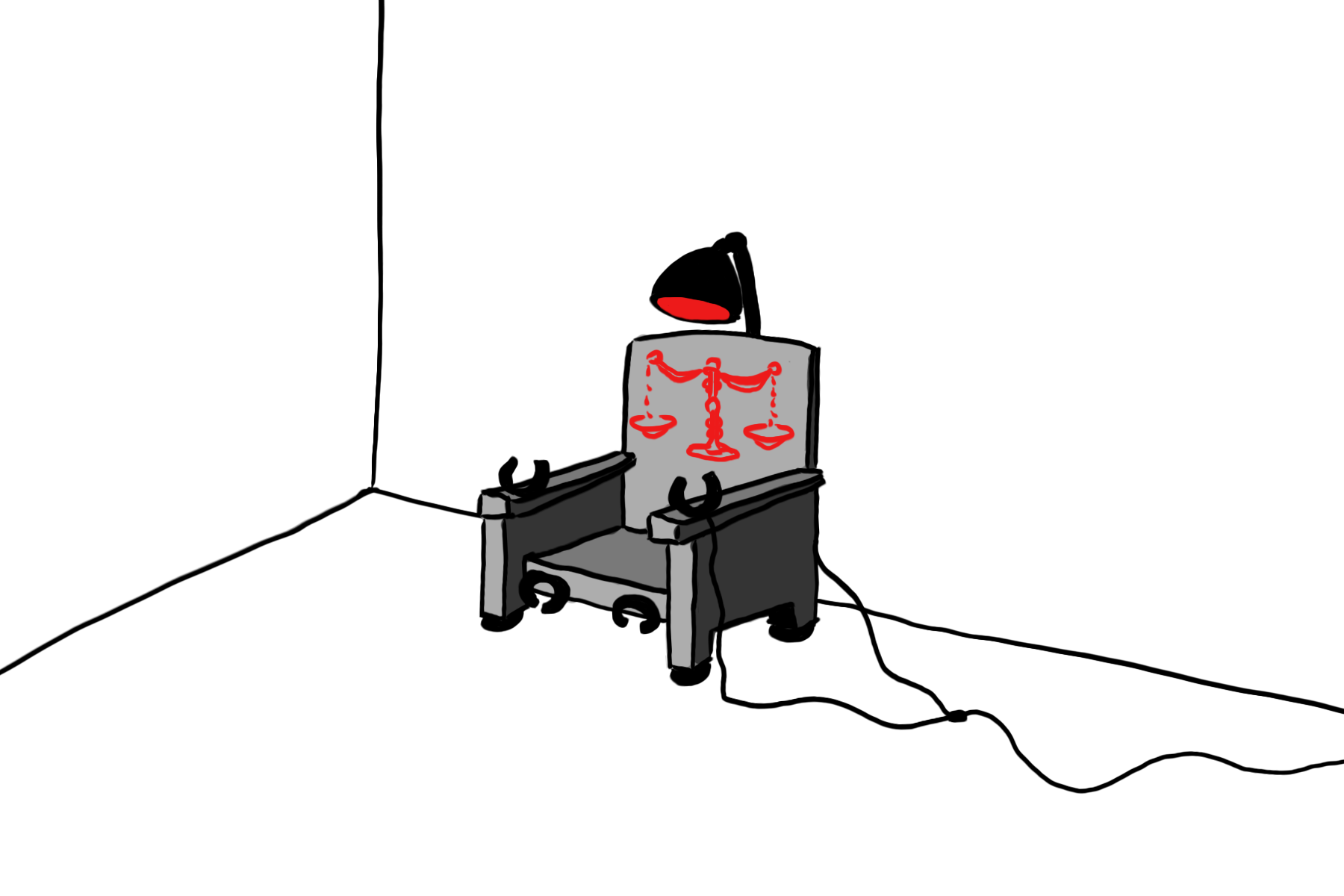A discussion regarding the future of crime and punishment
For those who aren’t aware, 21-year-old Dylann Roof is the person responsible for killing nine people in the Charleston Church shooting. This horrible event occurred in June of 2015, yet Roof only received his sentence in December 2016. The court ultimately issued him the death penalty.
The decision to invoke capital punishment has been one of a lot of controversy, and for good reason. Roof is the first person in America to face execution for a federal hate crime according to a report by CNN.
The death penalty has a history of being an overwhelmingly divisive practice, at least since 1845, when Michigan became the first state to ban executions. Since then, individual states have been faced with the choice of whether or not to issue capital punishment. In researching the various arguments for and against the death penalty, I’ve seen greatly differing opinions.
Let’s look at the case of the Charleston shooter for example. During his trial, Roof pleaded guilty, showed no remorse for his actions and was deemed psychologically stable enough to be taken at his word, according to the same CNN report. It is virtually undeniable that he shouldn’t be allowed to remain a part of society, since he threatens the freedom and safety of other members in it.
So that leads to the big question: should capital punishment be a viable option for criminals who are a threat to our society?
Roof himself said the Internet greatly influenced his actions according to the Southern Poverty Law Center, since it gave him access to radical, hate-filled websites that shaped his views. There’s no doubt he was fully aware of his action, and we should certainly hold him accountable. However, if he was influenced by people online, then isn’t it reasonable to punish them as well? My point is that Roof is the product of an entire community of hate—killing one of its members doesn’t stop the community. In fact, it probably even fuels their hate.
So what should we do to prevent future hate acts? It would likely be more productive for society to rehabilitate Roof, and try to make him see the wrong in his actions. He is a manifestation of the very real problem of racism in the West. By killing him, we are in effect sweeping this problem under the rug. If we view racism as a disease, then what we need is to develop a cure or treatment to address the problem head on, rather than killing those who have it.
Legal punishment should deter other people from committing the same crime in the future. Deterrence theory—created by American political scientist John J. Dilulio—claims a punishment is effective when it is 1) certain to happen, 2) is issued immediately after the crime and 3) is severe. Capital punishment is definitely severe, but it doesn’t meet the other two criteria so it’s effectiveness is definitely questionable and debatable.
There is a point when no punishment is capable of deterring someone from committing a crime. In my opinion, the argument that death is a more effective deterrent than the alternatives, and will result in less crime is false; since death is something that we have no concrete knowledge about, it exceeds the fear a person is capable of feeling.The difference between life in an American prison, and death, isn’t one that is going to make a difference to anyone, because they’re both so unimaginably undesirable.
One side argues that killing Roof will make it easier for the victims’ families—and the American society—to cope. But isn’t that only teaching people that revenge is an appropriate way to deal with grief? It seems no more logical to fight murder with murder than it is to fight fire with fire.
Capital punishment only perpetuates the cycle of hate, which doesn’t fix the problem. If we truly want things to change, we need to respond with the desire to understand one’s situation and help them. As hard as this may be, I believe it is the only way to grow and eventually overcome the horrible problem of racism.
The death sentence is an emotionally-driven decision, and I don’t believe emotion belongs in the judicial system. We can’t confuse justice with revenge. With hate crimes being a prominent problem, we need to dissect and attempt to fix—rather than eliminate it, so we can progress and learn how to prevent similar cases in the future.
Graphic by Thom Bell
